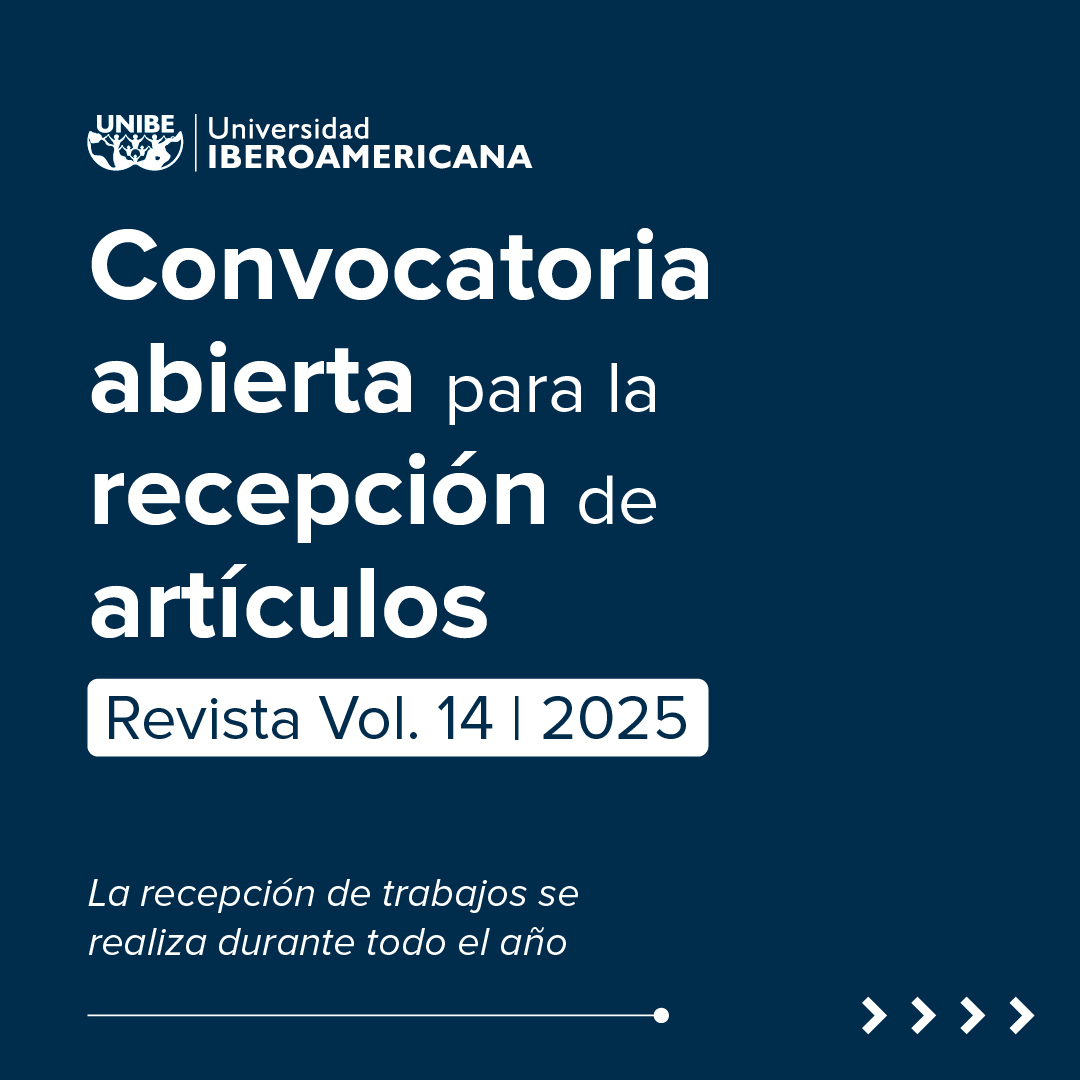Use of learning virtual platforms for music teachers at the National University of Asuncion, years 2015 to 2018
DOI:
https://doi.org/10.26885/rcei.9.1.57Abstract
The objective of this research was to describe the improvement in the effectiveness and efficiency of the training of Music Teachers with the use of virtual learning platforms as spaces for didactic interaction, at the National University of Asunción. The adopted methodology was descriptive with a quantitative approach. For the data collection, a questionnaire was developed, which was applied to teachers and students. The population consisted of approximately 246 students, according to the semester enrollment, 36 teachers, the director of the career, and 5 technical teachers of the Bachelor of Music degree from March 2015 to December 2018, in other words, 8 academic semesters. The most significant results of the study concerning teachers indicated that they have knowledge about Virtual Learning Environments (VAS) and distance courses, they also have experiences in the use of digital platforms for educational and academic purposes in a high index. The students presented a performance considered "medium" in terms of their capacities for the educational use of ICT. Its capabilities in word processing, use of the internet, and e-mail stand out as high, concerning the administration of the computer system, electronic spreadsheet processing, use of multimedia communication tools, it is estimated as medium level and administration database as low level of capabilities. In general, their performance is on average.
Downloads
References
Aróstegui, J. L. (2008). Música y Educación, Pese a Todo. Informe de Investigación sobre el Plan de Estudios del Título de Maestro, Especialista en Educación Musical de la Universidad de Granada. Evaluación de los Planes de Estudio de Formación del Profesorado em Educación Musical em Europa y América Latina. Informe de Investigación de la Red ALFA EVEDMUS (pp.327-349). Material no publicado.
Basabe Peña, F. (2008). Educacion a distancia en el nivel superior. Trillas.
Boyle, D. (2007). Medición y evaluación de experiencias musicales. Schirmer.
Burdeva, T. (2005). Las competencias de los profesores de música en la primaria. Trakia Journal of Science, 4-6.
Burns, A. (2006). Integración tecnologica en la clase clase de música. General Music Today, 6-10.
Coicaud, S. (2010). Educación a distancia. Tecnologías y acceso a la educación superior. Biblos.
Delalande, F. (2004). La enseñanza de la música en la era de las nuevas tecnologías. Comunicar. Revista científica de Comunicación y Educación, 17-23.
Froehlich, H. (2007). Sociology for music teachers. Perspectives for practice. Pearson Education, Inc.
González, M. E. (1974). Didáctica de la música. Kapelusz.
Hendel, V. (2009). Sociedad, naturaleza y nuevas tecnologías. Un primer acercamiento a la problemática del monocultivo de soja en el partido de San Andrés de Giles. https://www.redalyc.org/articulo.oa?id=124/12415108006
Mateiro, T. (2010). Músicos, pedagogos y arteeducadores con especialidad en educación musical: un análisis sobre la formación docente en países suramericanos. Profesorado. Revista de Currículum y Formación de Profesorado, 14(2). https://www.redalyc.org/articulo.oa?id=567/56717074004
Mortera Gutiérrez, F. (2012). Aplicación de la técnica educativa aprendizaje basado en problemas para capacitación a distancia (E-LEARNING). RIED. Revista Iberoamericana de Educación a Distancia, 16(1). https://www.redalyc.org/articulo.oa?id=3314/331427377004
Osguthorpe, R., & Graham, C. (2003). Blended learning environments: Definitions and directions. Quarterly Review of Distance Education, 4, 227-233.
Quintana Cabanas, J. M. (1998). Pedagogía Axiológica. Dykinson.
Smith, K. (2009). The effect of computer-assisted instrction and field independence on the development of rhythm sight-reading skills of middle school instrumental students. International Journal of Musica Education, 59-70.
Taebel, D. K., & Coker, J. G. (1980). Teaching effectiveness in elementary classroom music: Relationships among competency measures, pupil product measures, and certain attribute variables. Journal of Research in Music Education, 28(4): 250-264.














